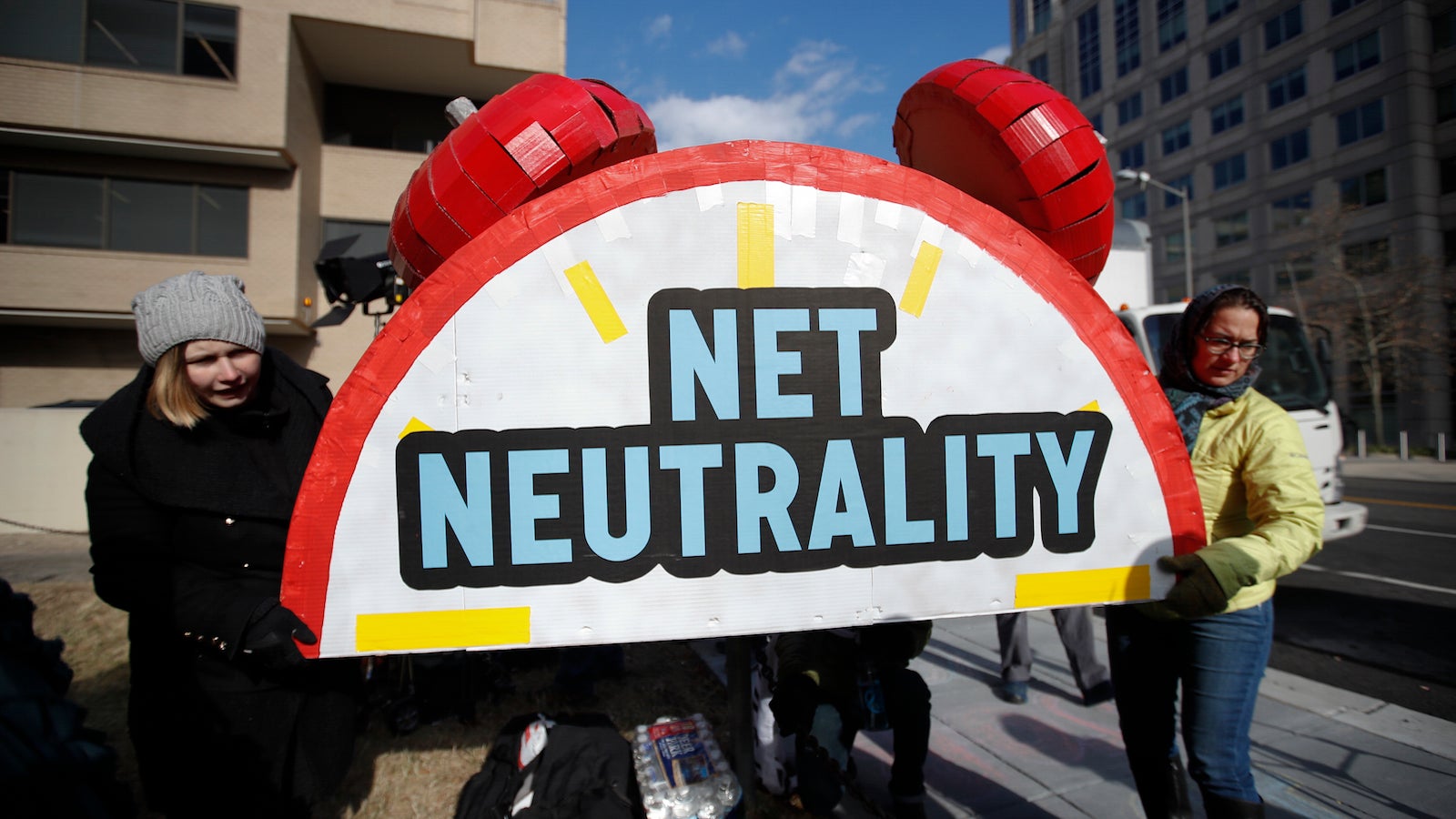Net neutrality officially ends today
Goodbye, net neutrality. Hello “light-touch” regulation internet. Federal Communications Commission (FCC) chairman and former Verizon lawyer Ajit Pai finally delivered what telecoms have been demanding for years: an end to regulations that treat them as a utility. Telecoms are now free to block, slow, or otherwise discriminate against online content and services.


Goodbye, net neutrality. Hello “light-touch” regulation internet. Federal Communications Commission (FCC) chairman and former Verizon lawyer Ajit Pai finally delivered what telecoms have been demanding for years: an end to regulations that treat them as a utility. Telecoms are now free to block, slow, or otherwise discriminate against online content and services.
The FCC’s Restoring Internet Freedom Order officially went into effect today (June 11) after gaining approval from the Office of Management and Budget. The rules strip away Obama-era protections under the 2015 Open Internet Order. An internet without these rules could see customers pay more for certain services (such as Netflix), and internet providers degrade internet speeds unless companies agree to pay more, which could exclude startups from the web in favor of deep-pocketed incumbents.
The most important change is the FCC’s loss of authority to enforce net neutrality rules under “Title II,” which classified telecoms as a utility. Telecoms can now do as they wish. If they adopt voluntary net neutrality policies, it’s up to the Federal Trade Commission to enforce any violations. While the telecom industry fought bitterly 1 against the regulatory regime to enforce it, the major trade association has announced voluntary support for net neutrality principles, and telecoms such as Comcast, AT&T and Verizon publicly pledged to abide by them. Given telecom’s shifting definitions, what that means in practice is anyone’s guess.
Quartz polled more than a dozen experts last December to understand how the repeal of net neutrality would change the internet. Some predicted benefits—lower-priced plans for basic service and more innovation around the internet of things—but most said the average customer should expect to pay more given the extreme concentration in the broadband market.